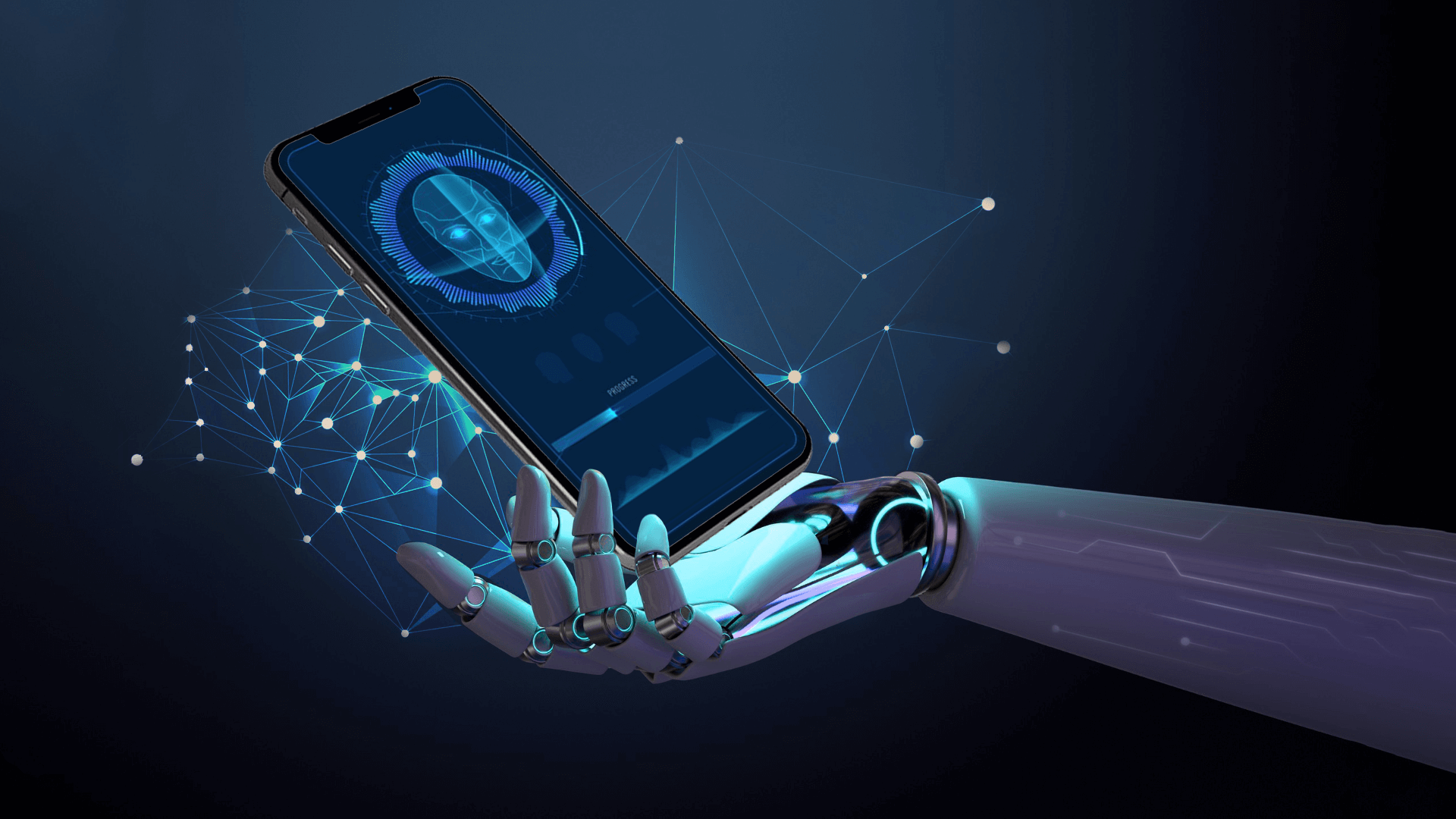In the fast-paced world of app development, the allure of rapid iteration and quick releases can sometimes overshadow the importance of building a solid, well-tested foundation. This is where the insidious creep of technical debt begins. Like accumulating interest on a loan, technical debt – the implied cost of choosing an easy solution now instead of a better approach later – can balloon into a major impediment, slowing down development, increasing costs, and ultimately impacting the quality and stability of your application.
Fortunately, a proactive and comprehensive Quality Assurance (QA) approach isn’t just about finding bugs at the end of the development cycle. It acts as a powerful shield, actively mitigating the accumulation of technical debt throughout the entire app development lifecycle.
Beyond Bug Hunting: QA’s Role in Preventing Debt
The traditional view of QA as the last line of defense before release is outdated. A modern QA strategy is deeply integrated into every stage, offering invaluable insights that prevent technical debt from taking root:
- Requirements Analysis: QA professionals bring a critical eye to the initial requirements. By asking probing questions about testability, edge cases, and potential ambiguities, they can identify flaws in the design that could lead to complex and difficult-to-maintain code later on. This early involvement ensures the application is built on a clearer, more robust foundation.
- Design and Architecture Review: Just as architects review blueprints for structural integrity, QA can review application designs and architectures with a focus on testability, scalability, and maintainability. Identifying potential bottlenecks, overly complex components, or a lack of clear separation of concerns early on can prevent significant rework and technical debt down the line.
- Continuous Testing and Early Feedback: Embracing continuous testing methodologies, like Test-Driven Development (TDD) and Behavior-Driven Development (BDD), ensures that testing is an integral part of the development process, not an afterthought. Writing tests before or alongside code helps developers think about testability from the outset, leading to cleaner, more modular, and less error-prone code. Early and frequent feedback loops provided by QA allow developers to identify and address issues while they are still relatively small and inexpensive to fix, preventing them from compounding into significant technical debt.
- Code Reviews with a QA Lens: QA professionals participating in code reviews bring a unique perspective, focusing not just on functionality but also on testability, code clarity, and adherence to coding standards. Identifying areas of high complexity, lack of comments, or inconsistent patterns can prevent the accumulation of code that is difficult to understand, test, and maintain.
- Automation is Your Ally: Investing in test automation is crucial for long-term maintainability and reducing technical debt. Automated tests provide a safety net, ensuring that new changes don’t introduce regressions and allowing developers to refactor code with greater confidence. A well-designed automation suite acts as living documentation, making it easier for future developers to understand the system’s behavior.
- Performance and Security Testing: Technical debt isn’t just about messy code. Performance bottlenecks and security vulnerabilities can also be considered forms of technical debt, as they require significant effort to address later. Integrating performance and security testing early and often helps identify and mitigate these risks before they become critical issues.
- Clear Communication and Collaboration: Effective communication between QA, developers, and product owners is paramount. When QA raises concerns about potential technical debt, these concerns need to be addressed and prioritized. A collaborative environment fosters a shared responsibility for code quality and long-term maintainability.
The ROI of a QA-Focused Approach
While investing in a robust QA process might seem like an added expense initially, the long-term return on investment is significant. By actively mitigating technical debt, you can:
- Reduce Development Costs: Addressing issues early is far cheaper than fixing them later in the development cycle or after release.
- Increase Development Velocity: Clean, well-tested code is easier to work with, allowing developers to implement new features and fix bugs more efficiently.
- Improve Application Stability and Reliability: Fewer bugs and a more robust architecture lead to a more stable and reliable application, enhancing user satisfaction.
- Enhance Maintainability: Well-documented and tested code is easier for developers to understand and maintain over time, reducing the cost of future updates and enhancements.
- Reduce Risk: Proactively addressing potential issues minimizes the risk of critical bugs, security vulnerabilities, and performance problems that can damage your application’s reputation.
In Conclusion:
A strong QA approach is not just a gatekeeper ensuring quality; it’s a proactive force in preventing the accumulation of technical debt. By integrating QA throughout the entire app development lifecycle, from requirements analysis to post-release maintenance, you can build more robust, scalable, and maintainable applications, ultimately saving time, money, and headaches in the long run. Investing in QA is an investment in the future success and longevity of your app. So, let QA be your shield against the silent killer of technical debt.




